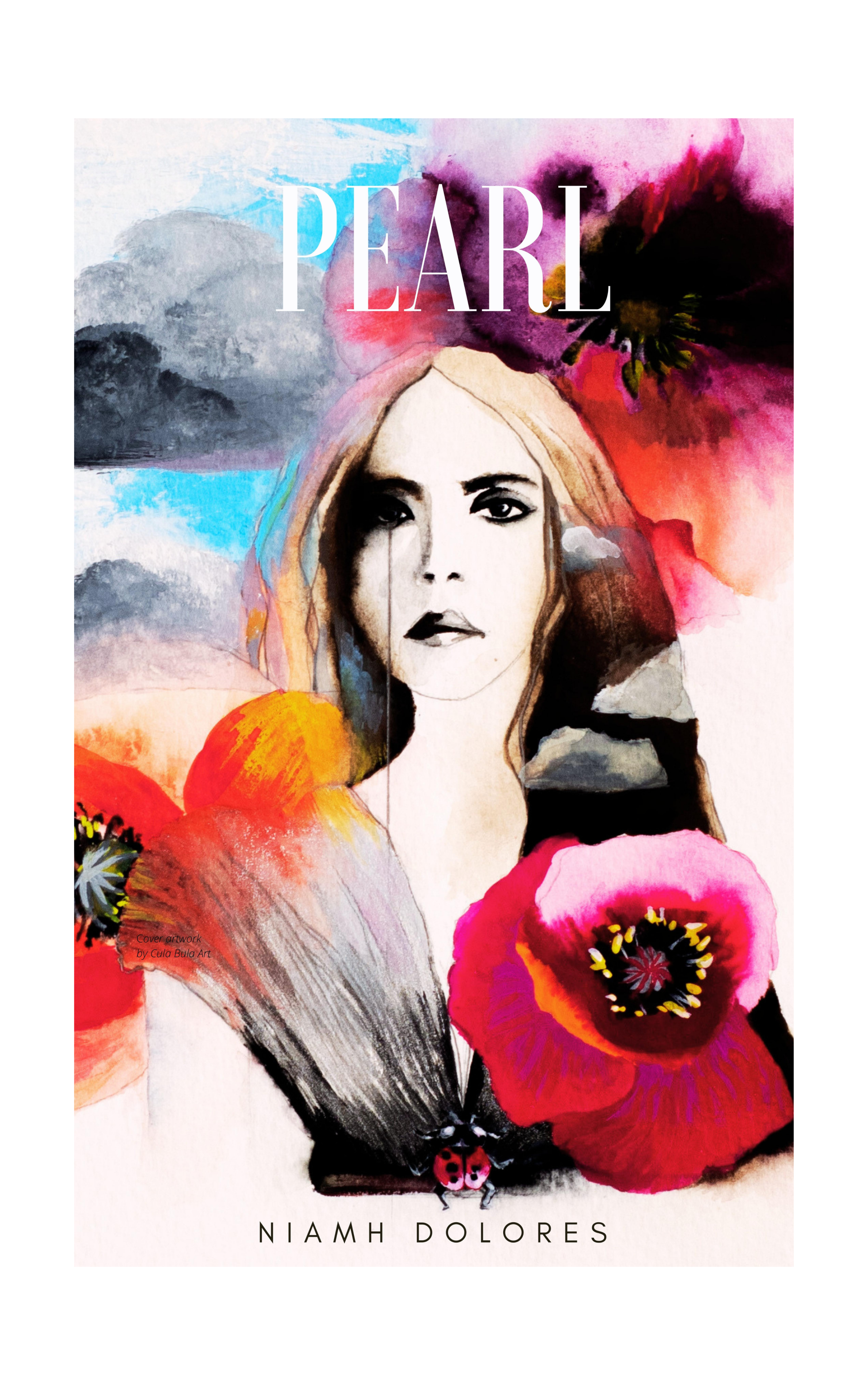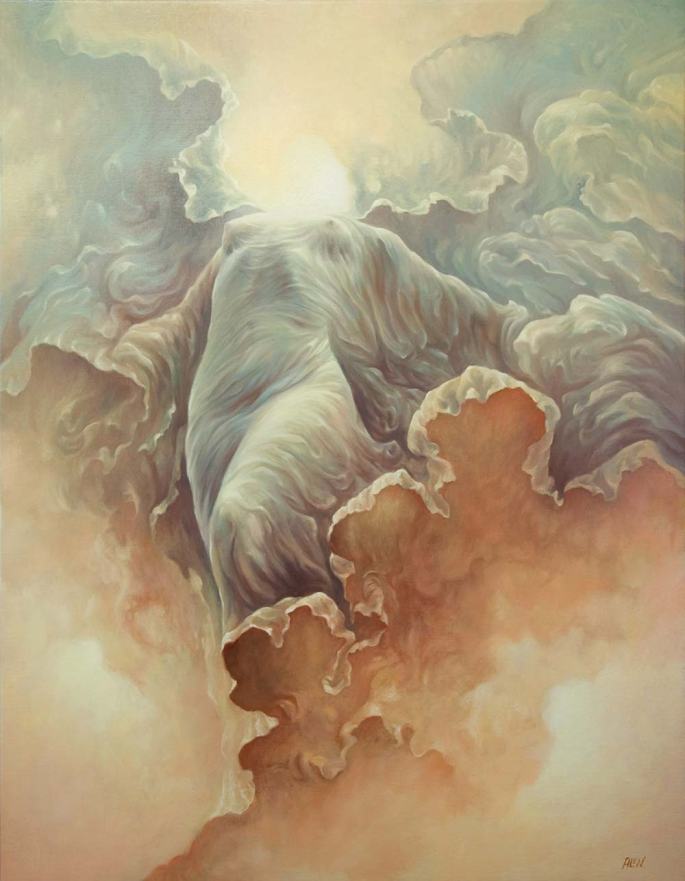



Published November/December 2012 Yoga Magazine
“To truly laugh, you must be able to take your pain, and play with it!” Charlie Chaplin
Be it losing a loved one, a job, or your home, notice dramatic change in sensory perceptions as you move into the unknown. Emotions charge into the body as sensations, external forms alter, changing shape and colour. Time speeds up, slows down, sounds sharpen or distance. Blind spots occur. You hold your breath in shock, a void retention demands you ‘wake up’.
Though played down, this can also be seen on the yoga mat. You enter a balance posture, your mind wanders, you wobble and you lose grasp of the very foundation that roots and grounds you: your feet! Or typically a headstand; in times of reversing situations, thoughts and notions literally toss up in the air as you tumble to the ground. Feeling humiliated, yet recognition of how silly ‘it all is’, thus evokes reflection… this is where the real work begins. No different from rush hour squashing you within crowds, or irritated with a friend anger takes hold, stays with you all day. Suddenly you have an accident. You stumble and twist your ankle and wonder “how did that happen?” This is your wakeup call. Where does the mind race to and from? Not your feet! Notice a quality in movement when you apply awareness to the place that supports you to move forward or reflect.
All this unfamiliarity triggers a barrage of emotion. Fears and doubts rise, often reflected from past experiences which causes difficulty to identify true feelings since the layers build, inhibiting clarity of thought. Reacting without choice, worsens a situation. The mind finds temporary respite in denying unwanted emotion, fearing unfamiliar situations. The mind fears pain, fears the worst could happen. Despite the abundance of tools around, you lose trust and faith, forgetting that you can handle any situation, forgetting your innate wisdom.
Though challenging and confrontational, these times offer optimum possibility for growth. This is good ‘progress in the making’ when your yoga practice or life situations show you this. Take these moments as blessings. Allow these falls to happen. What first appears to break you, becomes your strength.
Emotions, like many shades of colour, produce different states of mind. Conditioning and favouritism decipher one as good, the other bad, based on what we’ve been taught to believe. We sometimes ‘select’ what we should feel (selecting what we believe to be good) and suppress or denying bad feelings… often the real feelings… which longs to be heard, and to be released. Naturally, we’re inclined to favour the more pleasurable emotions but to deny and suppress unwanted emotions which multiply in continuous miserable cycles; re- emerging as patterns. So powerful they are, eventually ‘appearing’ as your reality – not your authentic nature.
Where there is pain, the mind has ways to trick us into ‘not going there’ pushing it away for temporary convenience. This postpones our growth.
Pain is an invitation for us to evolve and help our spiritual growth. This is why all states of mind are special
States of mind exist in all forms, good and bad. It is our job to recognise what to do with them to live a harmonious life. To embrace pain is dissimilar to dwell ‘in pain’. Too much analyses encourages longevity of emotion, since time is spent focusing on it. Take heed in the emotion you choose to dwell on. First become aware of the emotion. How it makes you feel, witness and accept. Recognise is it good for you, if not, then let it go. Knowing emotions are sensations that are live and organic, moving in all ways.
You can witness in meditation, drop your mind into your heart. Without judgment, simply feel.
You may find a warm glowing experience or discomfort sitting with a particular emotion. You may feel nothing. Try not to be turned off by this as emotions can be very subtle as awareness is still processing. Remember it is not important to file the good from bad, just be willing to trust and embrace the many faces of emotion. Keep surrendering and watch quietly. What happens when you sit with fear or pain? Watch how emotions move and eventually fade. You see nothing happens… that you are okay. You witness sensations come, to pass, no longer shadowed by the subconscious mind since it becomes conscious. What reveals is a natural state of pure love, joy, peace and contentment. We can call this home. This is the beauty in pain. Pain exposed shows vulnerability in self and others; this beautiful gift shows new beginnings. From pain we grow, just as in birth.
Regular practice of yoga, pranayama and meditation helps to overcome emotion, helps develop courage and intuition for situations life may bring, easing you into a deeper journey of self discovery.
The post The Beauty in Pain appeared first on Hridaya Yoga UK.



